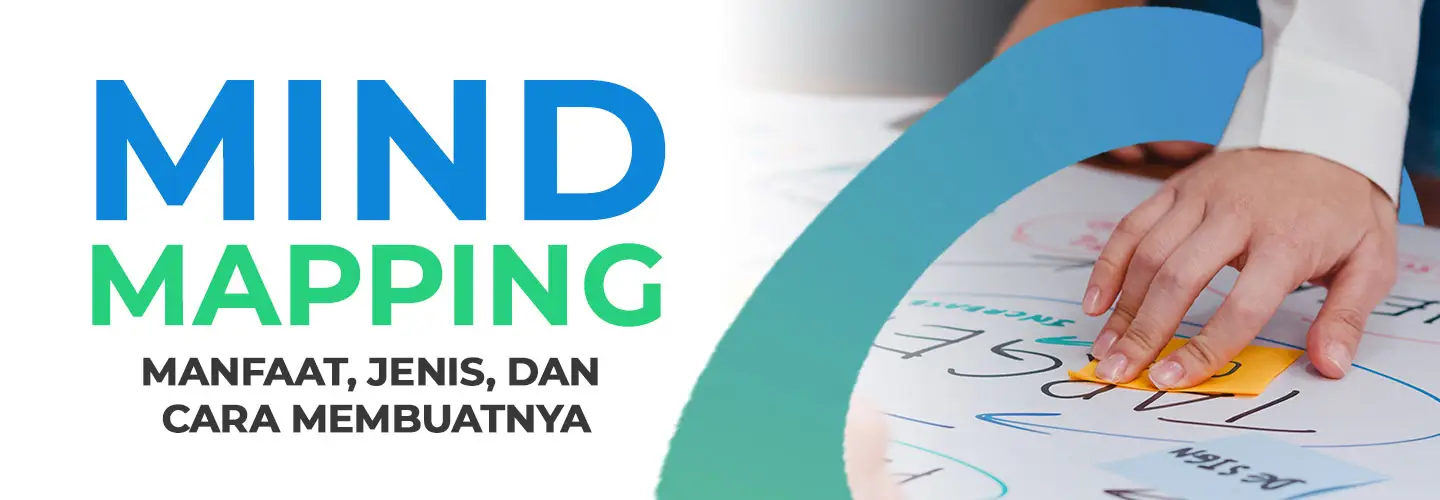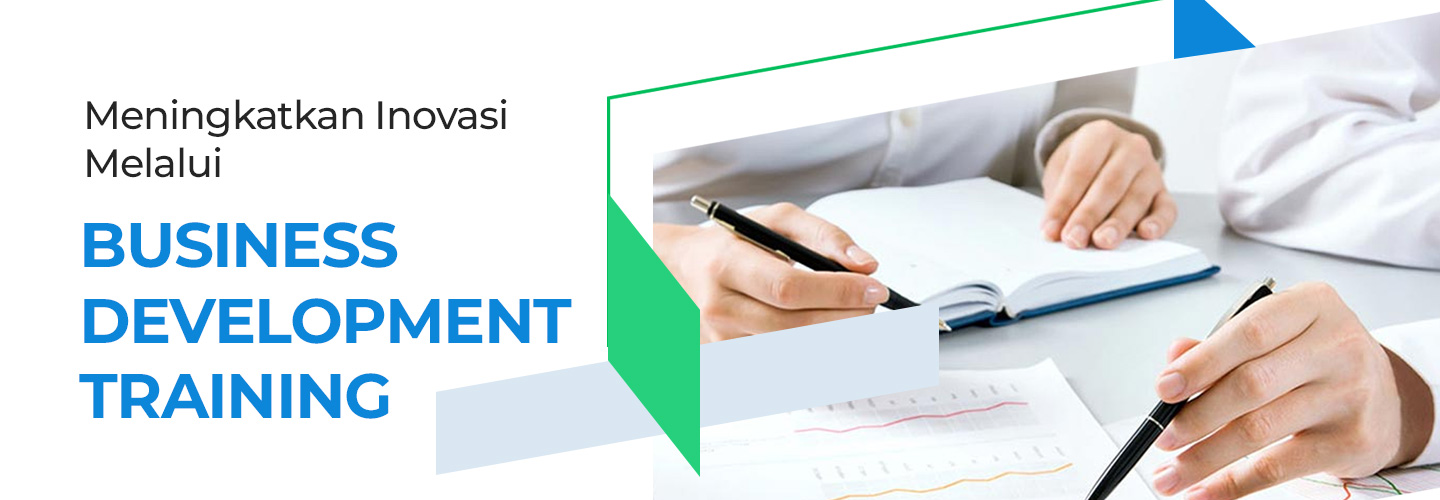Help Work Easier, Get to Know the Effective Mind Mapping Method

Mind mapping is one of the thinking aids that is often used in education and professional world. The general goal is for everyone to be more focused in carrying out work and more focused thinking.
So what exactly is meant by mind mapping? Can it really be useful to support complex work? Read this article to find out the definition, benefits, and how to do mind mapping.
Definition of Mind Mapping
Mind mapping is a way to capture the thought process in your head. Mind mapping helps you think, gather knowledge, remember, and create ideas.
In the work that we do every day, we often have a lot of ideas, but because they are not written down, they will become just ideas. Mind mapping can help your ideas be written down and produce information and how to process them.
Mind mapping is commonly used in brainstorming sessions, especially in education systems that require collective and organized ideas.
Benefits of Mind Mapping
In general, mind mapping helps us think more focused in dealing with a job or project. However, here are some of the benefits of mind mapping in detail that will help you do activities more effectively:
Improve Memory
By using the mind mapping concept, you will be more helped to store memories visually. That way, of course, you will be more helped to understand a concept.
Helps Understand Concepts in a Project
Mind mapping also helps us understand and simplify concepts. By understanding, of course, development in something will be easier and more focused.
Effective Problem Solving
By organizing thoughts and visual ideas, mind mapping can also help you to get a connection between problems and solutions. The result is of course that the problem solving obtained is expected to be more effective.
Better Collaboration and Communication
Mind mapping can help facilitate more effective brainstorming sessions and improve collaboration within a team.
Types of Mind Mapping That Are Often Used
After knowing about the benefits of doing mind mapping, you also need to know that its application can be done in several types.
Here are the types of mind mapping that are commonly used in a discussion or brainstorming session:
Tree Map
A tree map is a type of mind mapping that functions to describe information that has a hierarchy or regular structure.
Tree maps are usually used in situations where a topic or project requires a clear division into several levels. For example, from the main idea to the sub-ideas, then further branches to describe the details or steps required.
Bubble Map
A bubble map is a type of mind mapping that is more flexible and does not rely on a particular order or hierarchy.
This form is suitable for early brainstorming sessions, where ideas are not yet fully structured or divided into levels. In a bubble map, each idea or concept is represented by a "bubble" that can be connected to each other without hierarchical limitations.
Flow Map
A flow map is a type of mind mapping that focuses on the sequence or flow from one step to the next.
Flow maps are usually used in situations where processes or actions need to be carried out in a certain order. This map is similar to a flowchart that displays the cause-and-effect relationship or sequence of work processes from start to finish.
How to Make a Mind Map
After understanding the definition, benefits and types, of course you are interested in trying mind mapping, right? So where do you start doing mind mapping?
There are steps you can take to start using the mind mapping concept that is more effective and helps discussions and brainstorming to be more focused.
Start with the Concept
In mind mapping, make sure you put the idea or theme of the mind mapping in the top center with a large size. Doing this helps as a starting point before many ideas emerge.
Using Short Words or Keywords
Avoid using long sentences, use short sentences or keywords in mind mapping. This is to keep the mind map you create simple and lead to a more structured way of thinking.
Add Branches
From the main concept, in the mind map you create, add branches as sub-topics of related ideas. The branches you create in this mind mapping technique will help organize information.
Use Colors and Images
Using various colors and images makes the mind map more visually appealing and makes information easier to enter the brain. There is a survey that states that the diversity of colors and shapes will help someone absorb information faster.
Explore Topics and Branches
When starting to do mind mapping, explore topics and add them as branches or sub-topics. By doing these two techniques will definitely help you to organize information and better understand the concept.
Mind mapping is an effective tool to help visualize the thought process, organize ideas, and solve problems more focused. By using it, someone can simplify complex concepts, improve memory, and facilitate collaboration and communication within a team.
Mind mapping is also available in various types that are suitable for different needs in brainstorming and projects.
However, mind mapping is just one of many techniques that can make work more effective. There are many other thinking or problem-solving techniques that you can learn to make work or activities more effective.
Interested in learning some concepts about analysis and problem solving? prasmul-eli has a short program that discusses it. Follow the System Thinking and Complex Decision Making program that helps you better understand strategic systems in solving professional business problems.
Register now!


